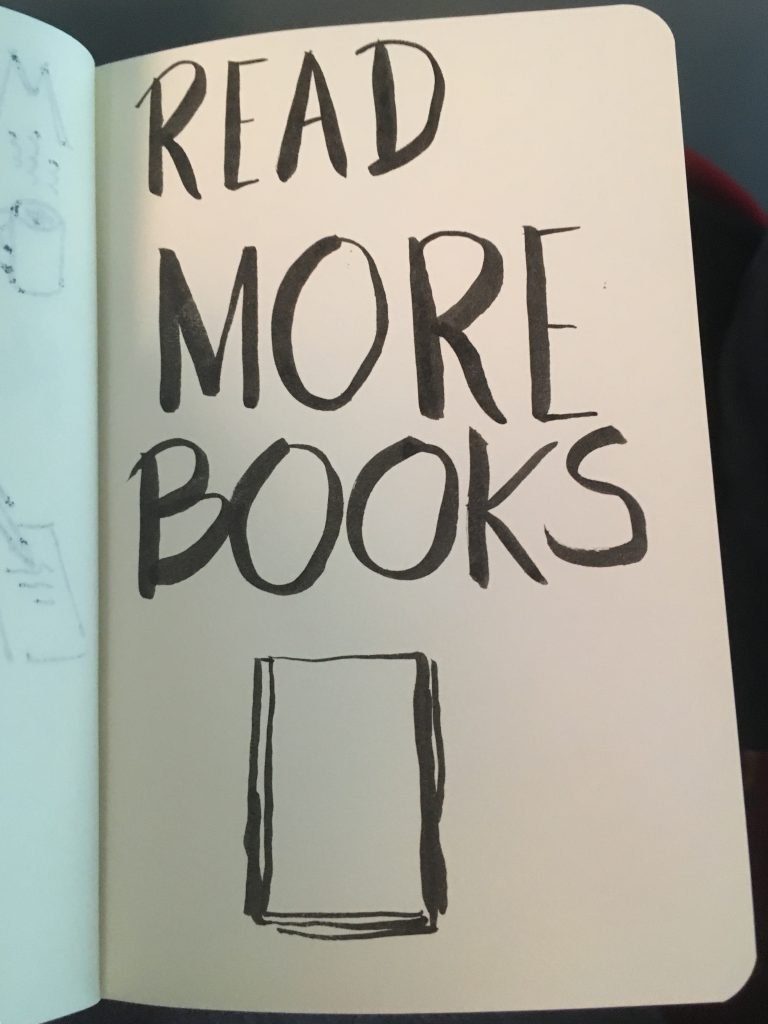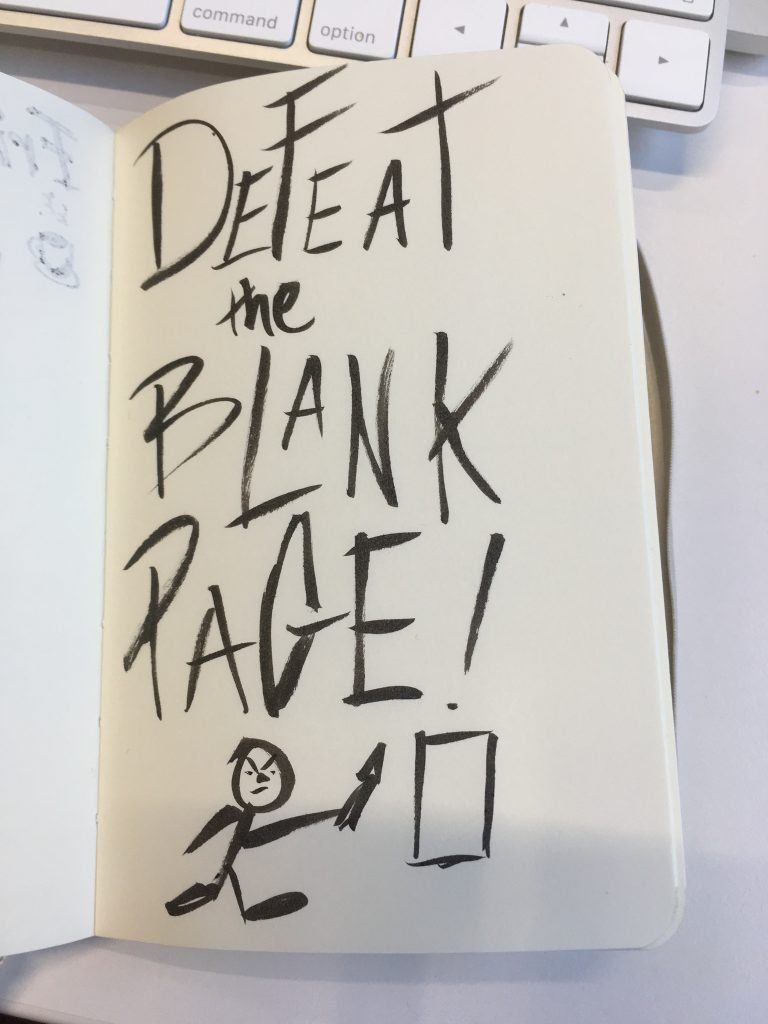“Nothing is good enough for this notebook.” Have you ever caught yourself thinking the same? It’s a common problem when you buy a slightly nicer quality notebook.
The “first page syndrome” as some people might call it.
Until you’ve made a few marks and even mistakes, nothing feels worthy of going in your new notebook. So you wait, and wait and wait. And eventually, you buy another fancy notebook.
Well, here are a few simple ideas for how you can start your new notebook.
New notebooks.
1. Put the meta data about the notebook
Meta data is data about data, and in your notebook’s case, that means who it belongs to, when you started using it, what you intend to put in, perhaps a table of content and so on. This is a simple, friendly way to get going.
2. Write a Quote
Quotes can be a great statement about what you want to go in the book, or a way to remind yourself of some important words or beliefs. Websites like goodreads are full of great examples, or you can keep a list from your reading or past sketchnotes.
3. Write a message to yourself
Sometimes we all need a kick up the backside, and what better person to do that to you than your trusty companion, your notebook. A couple of years ago I wanted to read more books, so I added this to my notebook and it worked! I read a lot more.

4. Test your pens
This is one of my favorites. Make a page with the words test at the top and start going through your pens. This provides a useful feature (testing pens) and it’s okay to make “bad marks” here as it’s for testing. At the end of the notebook, you will have a record of the pens you used .

5. Draw a self portrait or sketchnote selfie
Why not show who this sketchbook belongs to buy drawing a self-portrait. I like using a brush pen for some extra flare. You can even make a sketchnote selfie version where you add information about yourself rather than just a drawing of yourself.

6. “The first page is profound” – Merlin Mann
This is an idea I heard from Merlin Mann. In someways it is like the quote, but it’s a set statement. I love that it is self-deprecating but also true at the same time. The page isn’t profound because you are saying it is, but actually that is why it is profound: all pages are just pages.
7. Redo the last page of your last notebook.
You can redo the last entry in your previous notebook to provide a sense of continuity. If it was a sketchnote, then you have the chance to give it a second go. This is also a common approach in bullet journaling when people “migrate” from one notebook to another.

How do you start your notebook?
Those are just a few quick ideas for how you can beat the first page. I’d love to know how you start your notebook and if you have any other approaches.

Leave a Reply